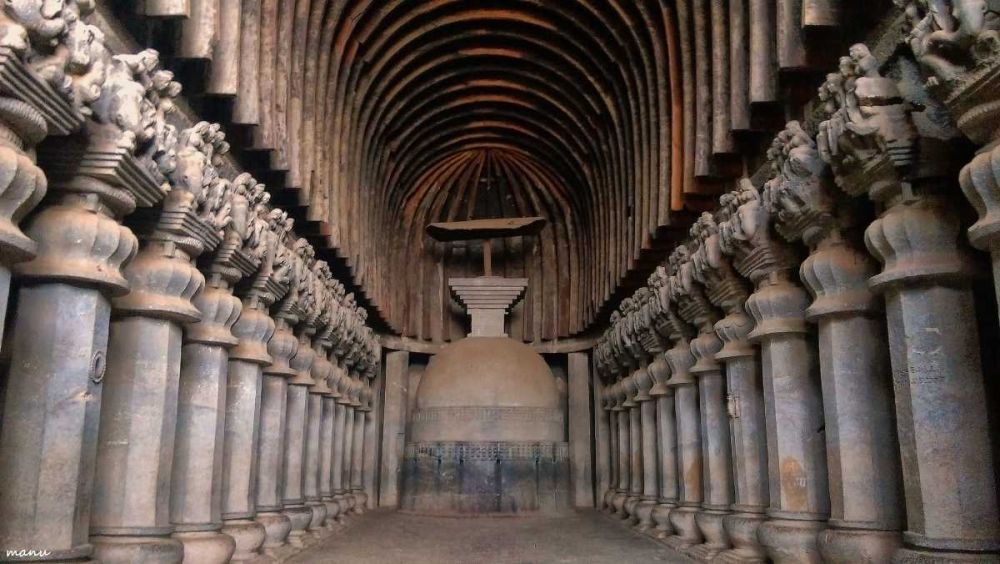

Carved into the rugged hills of the Sahyadri mountain range, the Karla Caves in Lonavala are an impressive example of ancient Indian rock-cut architecture. Dating back to the 2nd century BC, these caves represent the engineering prowess and spiritual depth of the Buddhists who once thrived in this region. The Karla Caves largely served as a monastery for Buddhist monks who traveled to this serene location for meditation and enlightenment.
Tourism at the Karla Caves began to flourish during the British era. British officers, fascinated by Indian history and culture, started exploring these ancient structures. The accessibility of Lonavala as a hill station and the opening of the Mumbai-Pune railway line in 1856 further contributed to the popularity of the caves as a tourist destination. In the last century, the Karla Caves have attracted tourists worldwide, eager to witness the well-preserved Great Chaitya (prayer hall), which is among the largest of its kind in India.
Efforts to preserve the caves have been ongoing throughout the years, with the Archaeological Survey of India (ASI) undertaking conservation measures to maintain the structural integrity of the caves. The development of tourist facilities around the area has been carefully planned to ensure that the natural and historical value of the Karla Caves is not overshadowed by modernization.
The latest trends in tourism at Karla Caves revolve around sustainable and responsible travel. Visitors are encouraged to respect the sanctity of the site and minimize their environmental impact. The inclusion of guided tours has become popular, providing tourists with in-depth knowledge of the historical, cultural, and architectural significance of the caves. Adventure tourism is also on the rise, with trekking and hiking being a popular choice due to the caves’ natural mountainous setting.
To truly appreciate the historic grandeur of the Karla Caves, visitors should plan their trip between October and May when the weather is more conducive to exploration. Monsoons, though beautiful, can make the trek up to the caves challenging. Regardless of the time of year, the Karla Caves provide a glimpse into the past and a welcome respite from the hustle and bustle of city life, captivating visitors with their ancient beauty and quiet dignity.
In summary, the Karla Caves are not just a tourist spot; they are a testament to India's rich historical and cultural tapestry. As tourism adapts to changing preferences, the Karla Caves remain a timeless attraction for those seeking solace and insight into India's profound heritage.